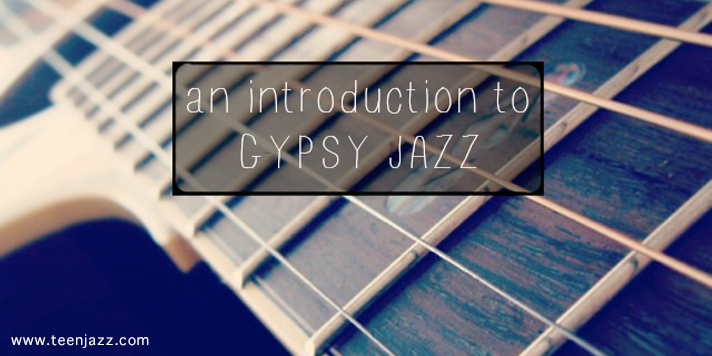Gypsy Jazz, or jazz manouche, is a style of music that is said to have originated in France and made popular by guitarist Django Reinhardt along with violinist Stephane Grappelli during the 1930s.
Gypsy Jazz is defined by the percussive rhythmic strumming of the guitar known as la pompe, essentially quick up-down strum followed by a quickly muted down strum. The typical instrumentation includes acoustic guitar, violin, and contrabass, but accordion and clarinet are also popular.
A significant portion of the repertoire consists of jazz standards, compositions by Reinhardt, and “jazzed-up” versions of gypsy songs such as Les Yeux Noirs.
Historically, the style was taught through aural tradition – young players learned their music from family members through imitation, learning by ear. In the last few decades, however, materials and clinics have become increasingly available for those interested in learning the style (including Denis Chang‘s DC Music School).
Popular performers of the style are from all over the world. They include Belgium’s Django Reinhardt, France’s Tchavolo Schmitt, Biréli Lagrene and Angelo Debarre, the Rosenberg Trio from the Netherlands, Sweden’s Andreas Oberg, and more. Hot Clubs, inspired by the Quintette du Hot Club de France (featuring Stephane Grappelli and Django Reinhardt), are also as widespread as the genre’s artists. You can check out the music of groups from the Hot Club of Dublin to the Hot Club of Detroit.
A few resources if you are interesting in learning more about the genre:
- DC Music School (Recommended)
- Django Books
- Swing Manouche (French)
- Gypsy Jazz Academy
[template id=”182″]
